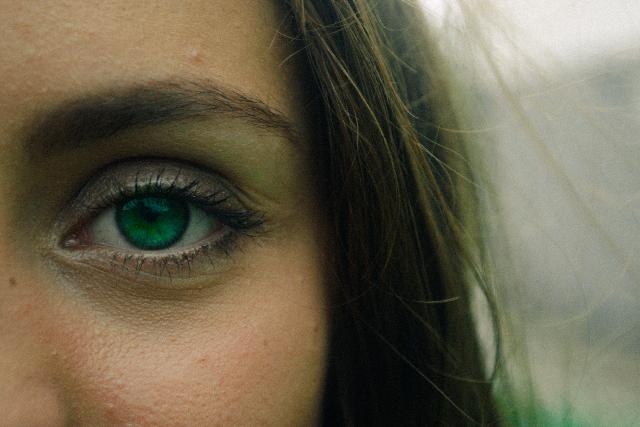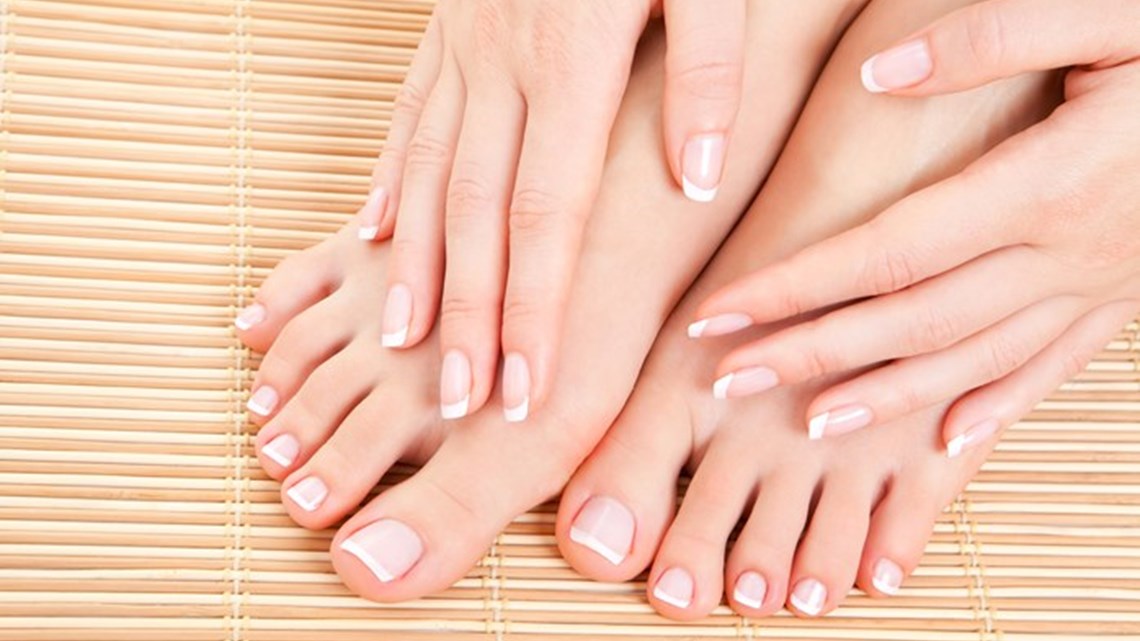
Are pores like doors?

Are skin pores an open and shut case? Why do we have them and how do they work? We’ve looked closely at the science of pores to give you a deeper understanding of skin function.
Every hair follicle on your body comes with a skin pore. The pore is the skin-level opening of the follicle, which extends down through several epidermal layers. As with the hairs, you can’t see all of the pores, but some are visible. All up, you have around five million hair follicles/pores; about the same as a chimpanzee.[1] Every follicle/pore partnership has an oil gland (sebaceous gland) that produces sebum to keep the skin lubricated.
You also have sweat pores, which are fed by a sweat gland. Humans have between 1.6 and 5 million sweat pores. [2] The areas of your body that have the most sweat pores are the palms of your hands and soles of your feet.
The action of sweat and oil coming out of pores washes dead skin cells away, unless the pores become blocked. We all know what happens then. Trouble. More about that further down.
Pores are not doors, i.e. they don’t open and close. They are always open, but some are more open than others. When people talk about closing pores, what they really mean is minimising the appearance of pores.
Why are some pores more open than others?
The smaller your pores, the clearer your skin appears. However small pores often mean dry skin, which tends to age faster. On the other hand, oily skin tends to have larger pores. It ages better, because it is well-lubricated, but makes achieving the perfection of ‘glass skin’ more challenging.
You mostly have your ancestors to thank (or blame) for your pore size, but some lifestyle choices can affect pore size. For example, smoking, sun exposure and dehydration are all linked to enlarged pores.
How can pores be minimised?
While you can’t literally shrink your pore size, because your oil glands will remain what they are genetically, you can make pores appear smaller and prevent future expansion. The steps are:
- - Double cleansing at night. First with an oil-based cleanser, secondly with a water-based cleanser.
- - Exfoliating a couple of times a week. Really put your heart into it, ensuring every square centimetre of your face receives equal treatment. More about exfoliation.
- - Having a weekly clay mask, to unblock pores and draw out impurities.
- - Drink plenty of water, don’t smoke, and get good and sweaty a few times each week (but always remove makeup before you exercise).
What are clogged pores and why are they a problem?
When your skin isn’t adequately cleansed and exfoliated, pores can become blocked by excess sebum, dead skin cells, makeup, sunscreen and air-borne pollutants (like dust). Sweat is not usually a cause of blocked pores.
Blocked pores are most likely to occur on your face shoulders, chest and back. They come in two basic forms: whiteheads and blackheads. Both types happen when a hair follicle becomes blocked with sebum. Whiteheads have a small white centre (who’d have guessed!), while blackheads have a small black centre, because the sebum has been exposed to the air and oxidised. When a blocked pore becomes infected by bacteria, you have acne.
Acne signs and symptoms vary depending on the severity of your condition:
- Small red, tender bumps (papules)
- Pimples (pustules), which are papules with pus at their tips
- Large, solid, painful lumps beneath the surface of the skin (nodules)
- Painful, pus-filled lumps beneath the surface of the skin (cystic lesions)
What’s the best approach for fixing acne?
Whether acne is your constant companion or just an unwelcome visitor that drops in from time to time, part of the solution is to start behaving like you have perfect skin. Just get into the groove of double cleansing and toning properly, exfoliating regularly, moisturising daily and having a weekly pore-cleansing mask. Adopting an effective daily ritual using natural skincare products is the foundation for great skin, whether you’re spotty or not. Take a picture of your naked face before you adopt your non-negotiable skincare routine, then take another picture a month later. You are sure to notice a significant difference because, little by little, your pores are becoming less clogged. No clogging equals no spots.
The second element of the solution is dealing with the bacteria that cause acne. One natural Kiwi product that could help with this is manuka honey, which inhibits the growth of acne-causing bacteria.[3] While it’s not the ideal night treatment, because it’s so sticky, you could use it as a treatment in the evening. After work, double cleanse your face, tone and lightly moisturise, then apply manuka honey to the spotty areas. Leave it on until bedtime.
Sources:
[1] https://www.newscientist.com/article/mg23631460-700-why-are-humans-so-hairy/




Leave a comment
This site is protected by hCaptcha and the hCaptcha Privacy Policy and Terms of Service apply.